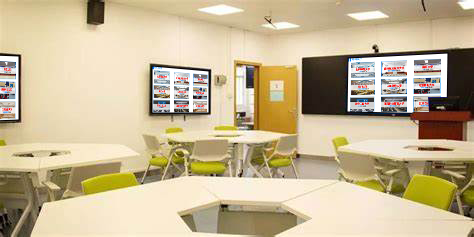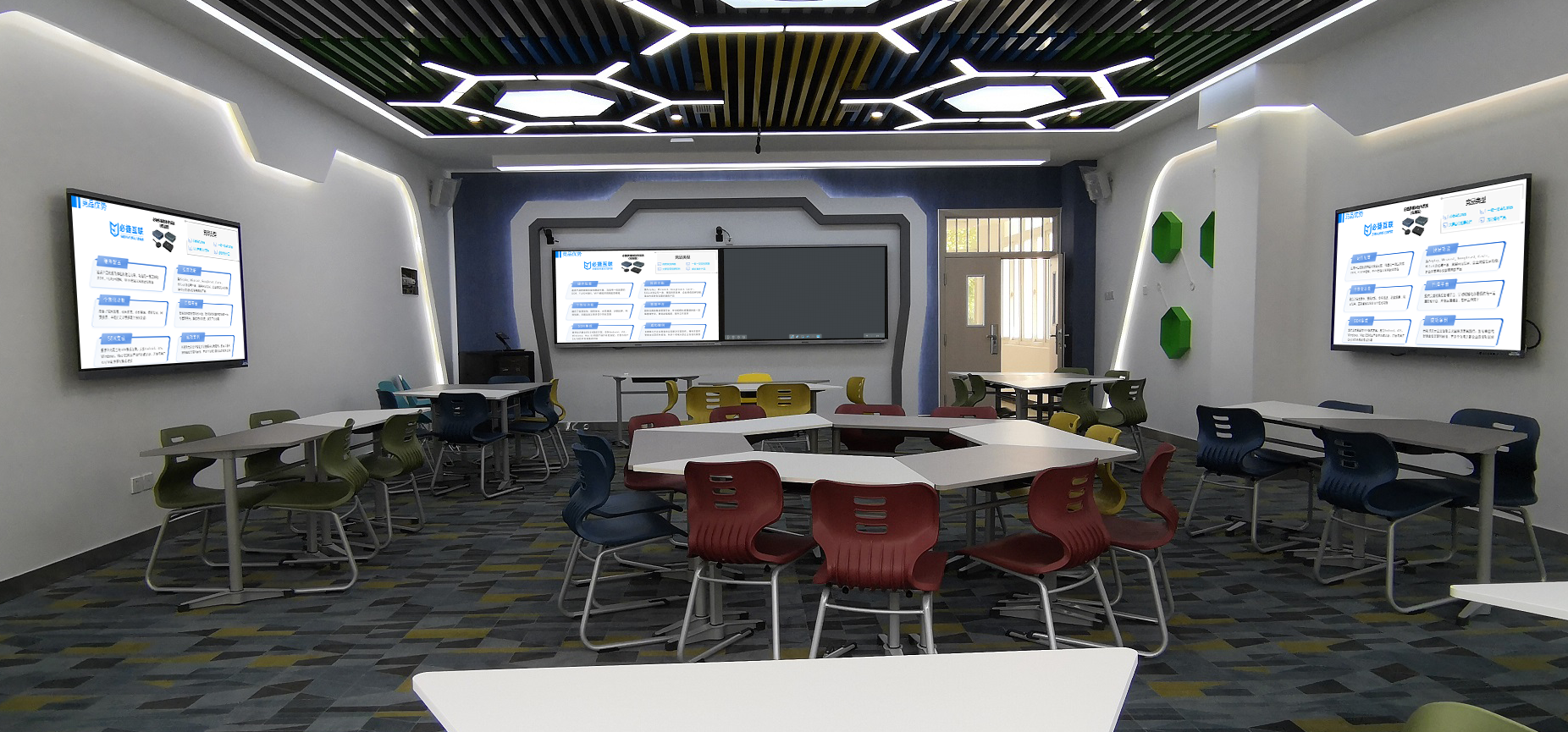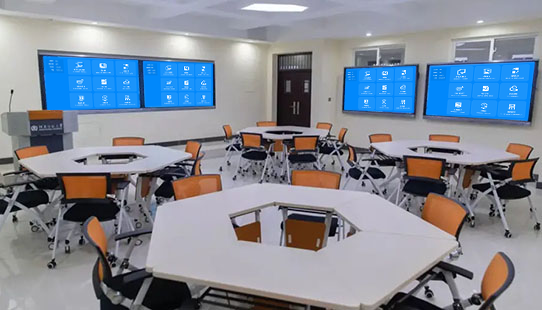Multi-Screen Protocols: Building a Seamlessly Connected Smart Screen Mirroring Ecosystem
In the smart era of multi-device coexistence, content flow between screens has become a core demand in office, education, and entertainment scenarios. As the “universal language” for device interconnection, multi-screen protocols directly determine the compatibility, fluency, and user experience of screen mirroring. A full-scenario multi-screen protocol solution is breaking down device barriers and optimizing transmission efficiency, making content sharing between different screens simple and efficient.
I. Full Protocol Coverage: Eliminating Gaps Between Devices and Systems
The core value of multi-screen protocols lies in their compatibility with diverse device ecosystems. Whether it’s a smartphone, computer, tablet, or large-screen device, interconnection is achievable through a unified protocol framework:
- Cross-system connectivity: Supports mainstream protocols such as AirPlay (Apple ecosystem), Miracast (Android/Windows), Huawei Cast+ (Huawei devices), and Google Cast (Google ecosystem), covering iOS, Android, Windows, macOS, and HarmonyOS. This solves common issues like “Apple-to-Android mirroring lag” and “Windows-to-TV connection failures.”
- Adaptation to multi-device types: From 6.7-inch smartphones to 100-inch conference screens, and from slim laptops to professional projectors, devices of all sizes and categories can mirror content via corresponding protocols. Whether sharing phone photos on a TV or presenting computer documents on a conference screen, no additional plugins are required.
- Automatic protocol switching: The system automatically matches the optimal protocol based on device type. For example, an iPhone prioritizes AirPlay mirroring when near a large screen, while an Android tablet switches to DLNA for background video playback. Users need no manual selection, reducing the operation threshold to “zero.”

II. HD Low-Latency Transmission: Restoring Content’s True Quality
Multi-screen protocols not only solve the “ability to connect” but also ensure “quality connections.” Technical optimizations guarantee clear, smooth, and synchronized mirrored content:
- 4K+60fps high-definition transmission: Mainstream protocols support ultra-high-definition transmission. Combined with H.265 encoding, they deliver detailed visuals even with limited bandwidth—preserving lines in design drawings and dynamic scenes in videos, meeting professional needs in design reviews and film production.
- Millisecond-level latency control: For real-time scenarios like gaming and live streaming, protocols optimize transmission links (e.g., prioritizing 5G bands) and reduce encoding loss, keeping latency below 100ms. Mobile gameplay mirrored to a TV feels responsive, and live streams sync nearly instantaneously with large-screen displays.
- Audio-visual synchronization calibration: Built-in synchronization algorithms automatically correct issues like “video ahead of audio” or “audio ahead of video” in different protocol transmissions. When playing movies or during video conferences, dialogue aligns precisely with lip movements, avoiding awkward viewing or communication.
III. Scenario-Based Protocol Scheduling: Adapting to Diverse Needs
Screen mirroring requirements vary significantly across scenarios. Multi-screen protocols use scenario-based scheduling to align functions with specific needs:
- Office scenarios: Prioritizing two-way interaction. Protocols supporting reverse control (e.g., Miracast, BJCast) enable direct operation of computers via large screens—such as flipping PPT pages or annotating documents during meetings—eliminating device switching and boosting collaboration efficiency.
- Education scenarios: Supporting multi-stream concurrency. Multiple protocols run simultaneously: teachers mirror courseware from Windows PCs via Miracast, while students share assignments from iPads via AirPlay. The main screen splits to display both, with electronic whiteboard annotations enhancing classroom interaction.
- Entertainment scenarios: Optimizing background operation. When switching to DLNA, phones can push videos to TVs and then lock the screen to take calls or chat on WeChat without interrupting playback. Users can adjust progress bars and sync volume, mirroring the experience of local playback.

IV. Lightweight Deployment: Reducing Multi-Device Management Costs
For multi-device environments like enterprises and schools, the compatibility of multi-screen protocols directly impacts system deployment and maintenance efficiency:
- Plug-and-play with zero configuration: Large-screen devices come pre-installed with full protocol modules. No technical debugging is needed—users connect to the same network, discover devices, and mirror content instantly, ideal for new employee onboarding or ad-hoc meetings.
- Centralized protocol management: Administrators can remotely enable/disable specific protocols (e.g., disabling AirPlay in enterprises to prevent unauthorized mirroring) and set permissions (e.g., restricting Miracast to approved devices), balancing openness and security.
- Automatic protocol updates: OTA (Over-the-Air) updates keep protocol modules current, adapting to new devices (e.g., enhanced AirPlay on latest iPhones) and fixing vulnerabilities. This avoids compatibility issues from outdated protocols and extends device lifespans.
As the “invisible bridge” for device interconnection, multi-screen protocols are redefining our relationship with screens. They transform phones, computers, and large screens from isolated entities into a 协同智能 ecosystem—enabling seamless content flow in efficient office collaboration, interactive education, and family entertainment. Every screen transition becomes simple, smooth, and natural.
